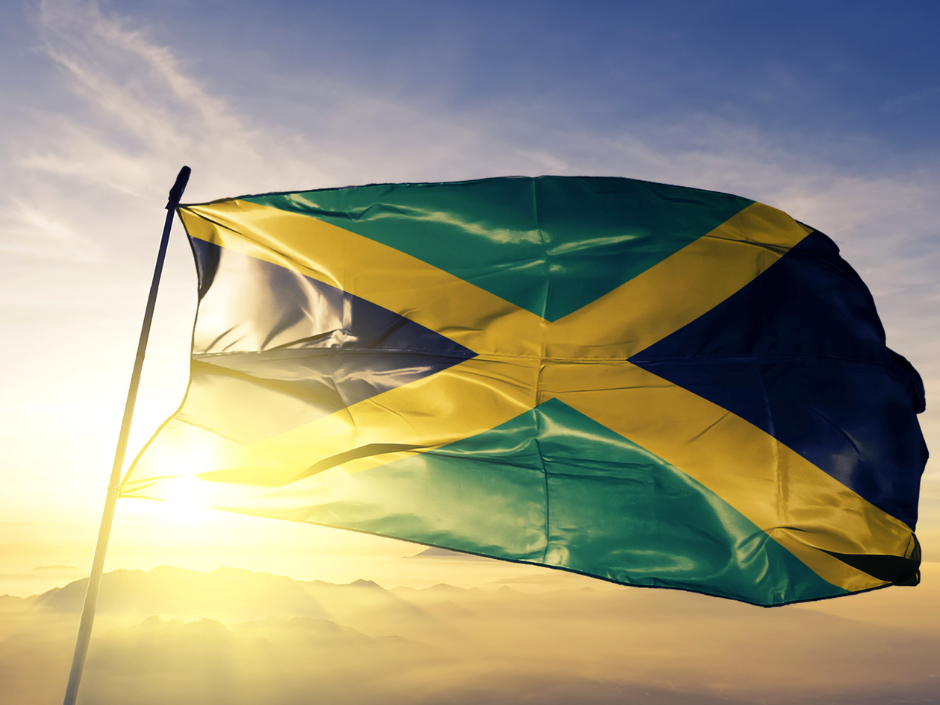A First Look at Hurricane Melissa’s Impact on Jamaica
- MASX
- Nov 7
- 3 min read

In late October 2025, Jamaica was struck by what may be the most devastating hurricane in its modern history: Hurricane Melissa made landfall as a Category 5 storm, wreaking havoc on lives, homes, infrastructure and the economy.
Here’s a deeper look into the current state of Jamaica post-Melissa, and what can be done — by government, communities, the private sector and international partners — to help the country rebuild stronger, fairer and more resilient.
What We Know So Far
1. Physical & Human Impact
Large parts of the island have been severely damaged: in the parish of St Elizabeth Parish, for example, entire communities were described as being “underwater” and many homes destroyed or roof-less.
The death toll in Jamaica has climbed, though exact numbers are still being clarified.
Massive outages and infrastructure damage: Electricity and communications networks were hit hard; some areas remain isolated.
Economically, the storm is estimated to have caused damage equivalent to around 28 %–32 % of Jamaica’s GDP.
2. Government Response & Recovery Planning
The government has declared the entire country a disaster area.
A multi-layered strategy has been outlined by Prime Minister Andrew Holness, involving disaster risk financing, insurance layers, emergency funds, restoration of services (roads, power, water).
Cabinet sub-committees and special units are being established to coordinate relief and rebuilding.
3. Broad Challenges Ahead
The nature of the storm — record winds, extreme rainfall and large-scale flooding/landslides — means many homes and buildings were not designed for this level of impact.
Remote and rural communities are especially affected: cut off by debris, landslides, flooded roads.
The economic base of Jamaica — including tourism, services and agriculture — is vulnerable to such shocks, which will hamper short-term growth and long-term resilience.
What Needs to Be Done: A Framework for Help
Here’s how the recovery effort can be structured into actionable areas:
A. Immediate Relief & Basic Recovery
Food, water, shelter and medical aid: reach isolated communities, restore basic services, set up temporary housing.
Infrastructure clearance and restoration: prioritise clearing roads, restoring power & communications, repairing critical infrastructure (hospitals, schools).
Damage assessment and data gathering: conduct a thorough survey of homes, infrastructure, agriculture and ecosystems — to inform the rebuilding process.
B. Rebuilding with Resilience and Equity
Build back stronger: All reconstruction should incorporate climate-resilience standards (e.g., stronger roofing, elevated foundations, storm-resistant buildings) since Melissa was “on the edge of what’s physically possible”.
Inclusive recovery: Ensure vulnerable populations (low-income, rural, informal settlements) are not left behind — they are often hit hardest and recover slowest.
Diversify the economy: Use the rebuilding phase as an opportunity to strengthen sectors such as renewable energy, advanced services, resilient agriculture and digital infrastructure — reducing dependence on tourism and vulnerable sectors.
C. Governance, Finance & Partnerships
Mobilise finance: Disaster risk financing, contingency funds, insurance payouts, concessional international loans and grants are crucial. Jamaica already has a “multi-layered disaster financing framework”.
Transparent governance and coordination: Effective recovery demands coordination across government, local communities, private sector and international aid — sub-committees help, but monitoring, accountability and community voice matter.
Climate-adaptation and long-term planning: Given continuing climate risks (stronger storms, sea-level rise, heavy rainfall), Jamaica’s rebuilding must embed adaptation — e.g., underground power cables, improved drainage, coastal protection.
D. Community & Private-Sector Engagement
Local entrepreneurship and jobs: Recovery offers an opportunity to train and employ people in rebuilding efforts, local manufacturing of building materials, renewable energy installations, agriculture value chains.
Diaspora and global networks: Engage the Jamaican diaspora and global Jamaican networks for investment, skills transfer and support for recovery initiatives.
Private-sector leadership: Companies operating in Jamaica (tourism, manufacturing, services) should invest in resilience, local supply chains, employee development and community partnerships.
What You Can Do to Help
Here are some concrete ways readers and the international community can assist:
Consider donating to verified relief funds working in Jamaica (check organisations referenced by authorities).
Support local community-based organisations in Jamaica working in rebuilding, training or resilience.
If you are a business or investor: explore opportunities in resilient infrastructure, renewable energy, climate-smart agriculture and local manufacturing.
Raise awareness: The scale of the disaster is huge and needs sustained attention beyond the headlines — supporting policy effort for debt relief or concessional financing for climate-impacted nations like Jamaica is important.
Final Reflections
Jamaica has been hit hard by Hurricane Melissa. But amidst the wreckage lies an opportunity: to rebuild better — not simply reinstating what was, but strengthening for what will come. A future-oriented recovery can help Jamaica emerge more resilient, more equitable and more diversified.




Comments